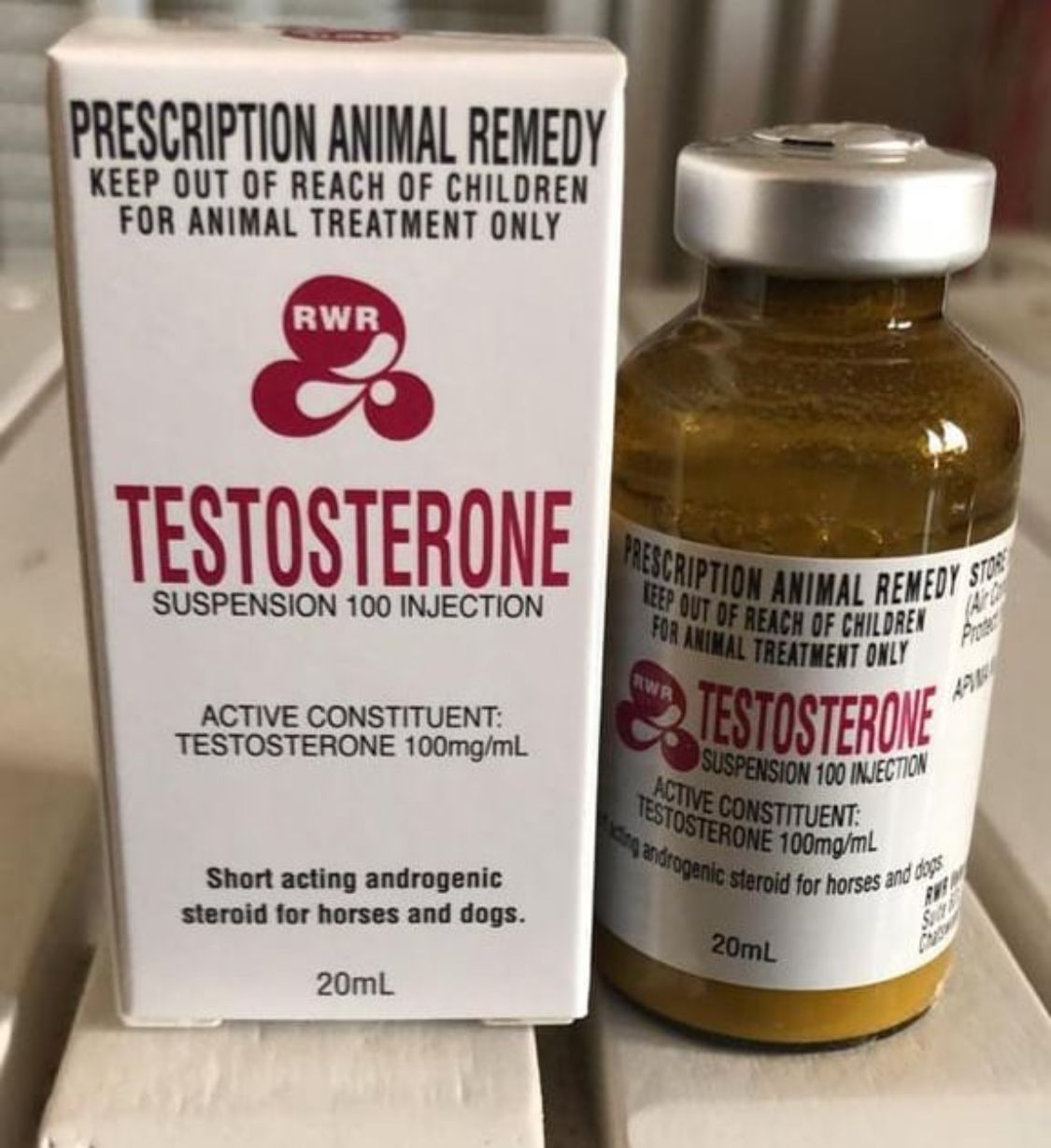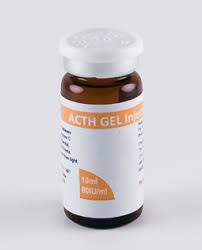Veterinary testosterone injections
Overuse can lead to side effects and regulatory violations in competition animals. veterinary testosterone injection costs, testosterone cypionate injections for veterinary use
Side Effects & Risks Veterinary testosterone injections
Common Side Effects
Aggression & Behavioral Changes
Increased Appetite & Weight Gain
Fluid Retention & Swelling
Hair Loss or Skin Issues
Serious Risks
Testicular Atrophy – Long-term use suppresses natural hormone production
Liver Damage – Risk of hepatotoxicity, especially with oral testosterone
Prostate Enlargement – Can lead to urinary problems
Heart Issues – Increased blood pressure and cholesterol imbalances
Contraindications (Do Not Use in These Cases)
Pregnant or breeding females
Animals with kidney or liver disease Veterinary testosterone injections
Competition animals (unless permitted by regulations)
Animals with pre-existing aggression or behavioral issues
Regulatory and Legal Considerations
Banned in Racing and Competition – Organizations such as FEI (International Equestrian Federation), WADA (World Anti-Doping Agency), and Racing Authorities strictly prohibit testosterone use.
Prescription-Only Drug (Rx) – Controlled in many countries due to its potential for abuse.
Storage & Handling
Store at 15–25°C (59–77°F)
Keep away from direct light and moisture
Shake well before use (if required) Veterinary testosterone injections
Dispose of needles and vials properly
Comparison to Other Androgenic Compounds
| Compound | Primary Use | Duration |
|---|---|---|
| Testosterone (various esters) | Muscle growth, fertility, libido | Short to long (varies by ester) |
| Trenbolone (Revalor-H) | Growth in cattle (implant form) | Long-lasting |
| Boldenone (Equipoise) | Used illegally in racehorses | Long-acting |
| DHEA (Dehydroepiandrosterone) | Mild androgenic effects | Moderate |
Summary
| Aspect | Details |
|---|---|
| Primary Use | Reproductive health, muscle maintenance, behavior modification |
| Common Species | Horses, Cattle, Dogs |
| Legal Status | Prescription-only; Banned in Racing/Competition |
| Side Effects | Aggression, testicular atrophy, liver strain |
| Alternatives | Natural hormone regulation, other veterinary-approved steroids |
testosterone cypionate injections for veterinary use
Final Notes
Veterinary testosterone injections should be used only under Veterinary supervision.
Misuse can lead to severe health risks and legal consequences in competition animals.
If used for performance enhancement, it is strictly banned in regulated sports.
Veterinary testosterone injections are hormonal treatments used primarily in male animals to address conditions related to testosterone deficiency, reproductive health, muscle development, and aggression control. These injections contain synthetic or natural testosterone and are often used in livestock, horses, and dogs under strict veterinary supervision.
Key Information
| Feature | Details |
|---|---|
| Active Ingredient | Testosterone (various esters: Propionate, Cypionate, Enanthate) |
| Formulation | Injectable solution |
| Route of Admin | Intramuscular (IM) or Subcutaneous (SC) |
| Target Species | Horses, Cattle, Dogs (Rarely used in Cats) |
| Therapeutic Class | Androgenic & Anabolic Steroid (AAS) |
| Common Brands | Testoprop, Testosterone Cypionate, Duratest, Revalor-H (implants for cattle) |
testosterone injections for animal hormone imbalance
Uses of Veterinary Testosterone Injections
1. Reproductive and Hormonal Therapy
For Stallions, Bulls, and Dogs:
Stimulates libido (sex drive)
Treats hypogonadism (low testosterone production)
Improves sperm production and fertility
veterinary testosterone injection costs
For Castrated Animals:
Used in certain cases to maintain muscle mass and strength
2. Performance Enhancement (Illegal in Competition)
Prohibited in racehorses and competitive animals
Increases muscle mass and stamina
Boosts aggression and dominance behavior
3. Treatment of Anemia & Muscle Wasting
Used in chronic disease management where weight loss and muscle deterioration occur
4. Behavioral Modification Veterinary testosterone injections
Occasionally used to regulate aggression and dominance issues in working dogs and stallions
testosterone injections for dogs
Common Testosterone Esters & Their Uses
| Testosterone Type | Duration | Uses |
|---|---|---|
| Testosterone Propionate | Short-acting (1–3 days) | Quick libido stimulation, aggression boost |
| Testosterone Cypionate | Long-acting (2–3 weeks) | Used in reproductive disorders, hormone therapy |
| Testosterone Enanthate | Long-acting (2–3 weeks) | Muscle growth, hypogonadism |
| Methyltestosterone | Oral, short-acting | Used for aggression control in dogs (rare) |
Dosage Guidelines (General Recommendations)
Dosage varies by species and condition; always follow veterinary advice.
| Species | Dosage (General) | Administration | Frequency |
|---|---|---|---|
| Stallions | 100–300 mg IM | Intramuscular (IM) | Every 2–3 weeks |
| Bulls | 100–200 mg IM | IM | Every 3–4 weeks |
| Dogs | 1–5 mg/kg | SC or IM | Every 2–4 weeks |
| Cats | Rarely used | – | – |




Boris lookman –
Your order online chat is good and order process is simple